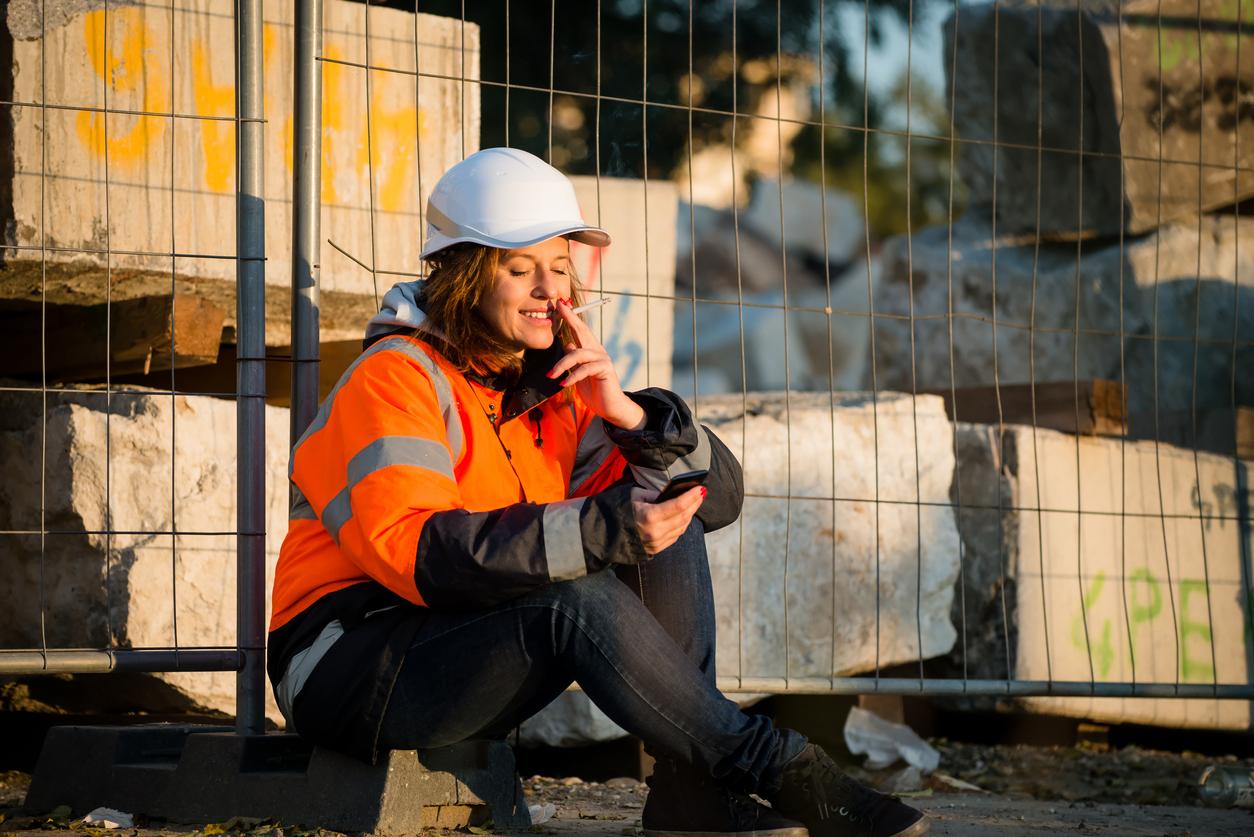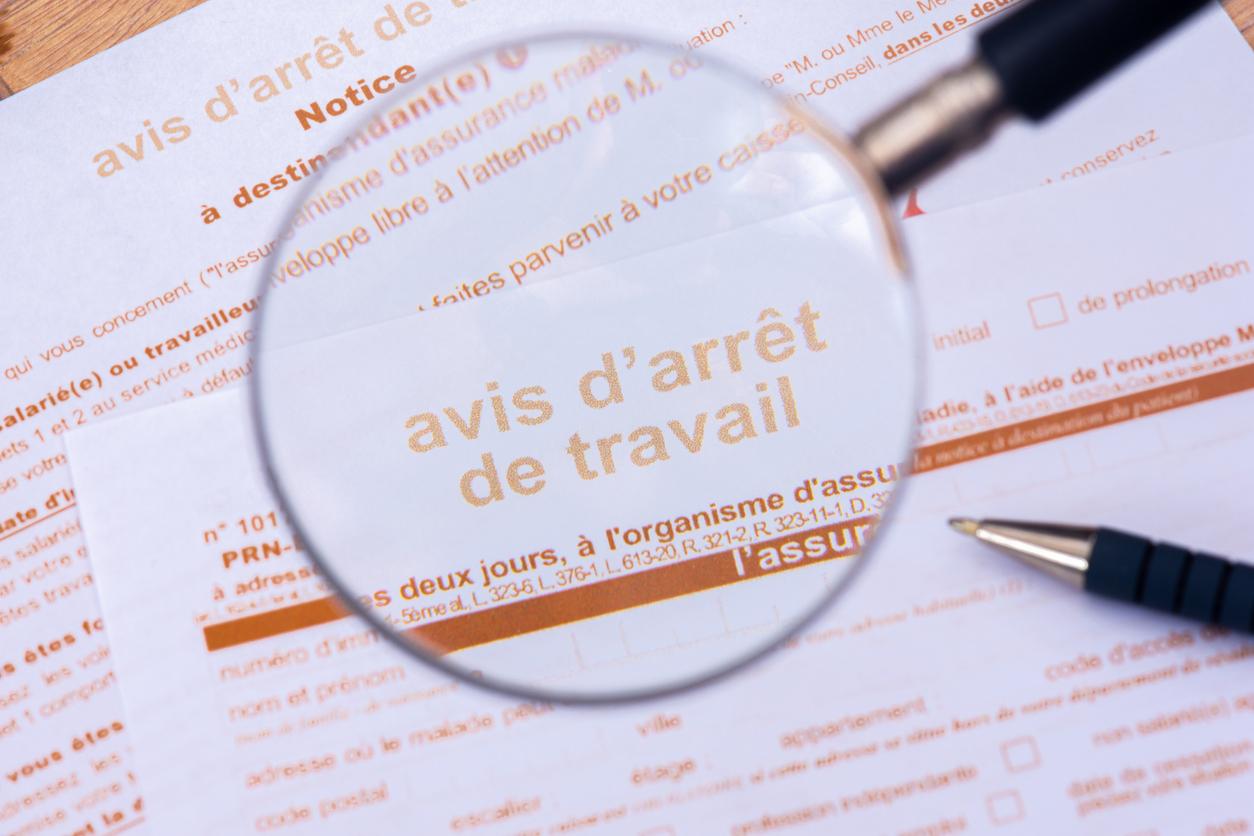First thing … It seems obvious, but far from being always done: we read the instructions for use of the products – in particular the doses to be respected to limit inhalation -, the precautions to be observed …
Second golden rule … When you use DIY products (varnish, strippers …), when you paint or any other work, it is essential to leave the windows wide open at all times, even if there is no smell. And despite that, remember to get out of the room every one to two hours to get a breath of fresh air.
Stop your work when you have symptoms such as tearing, headache, nausea, dizziness or tightness of breath, and go outside. And whenever possible, work outside.
To paint, is protection essential?
This is rarely done, but protection should be worn, even when working on painting : imperatively wear thin gloves with long sleeves to prevent skin absorption of certain components, especially glycol ethers. This precaution will also prevent you from cleaning your hands with turpentine, irritant and allergenic, or worse with white spirit … It destroys the skin coating and has narcotic effects, marked by fatigue, drowsiness, impaired vigilance, and it can lead to liver damage.
For chemicals …
Always wear suitable protection: mask, gloves, glasses, as indicated by the instructions on the label. Ask in-store for advice on how to buy effective protection for the jobs or products you use.
Also remember to close large cans to prevent them from evaporating into the air in the room! Better to put a little product in a small container, this limits your respiratory exposure.
If you are handling insulating wools, what should you pay attention to?
The installation (or the removal) of insulating wool requires precautions. If you tackle this work yourself, follow the conditions of use, as handling can release very irritating fibers. Whether it is mineral wool (rock, glass, slag …) or natural wool such as hemp, these fibers can cause skin and eye irritation, but also penetrate through the respiratory tract. … Preferably opt for paneled materials, which involve less risk of inhalation than bulk. Protect your whole body with a suit closed by elastic bands at the wrists and ankles, wear gloves, a mask and protective glasses. Ventilate the workplace, if possible, but without creating air currents.airso as not to put particles in suspension. For the same reasons, avoid using a vacuum cleaner during the work.
Do you have to put on a mask when you sand or saw?
This type of activity can be dangerous for health, because the sanding or the saw generate aerosols of dust: fine particles can be inhaled deeply by the respiratory system. “Acutely, this can result in a persistent cough, sneezing, tightness of the breath. In the event of long-term exposure, these fine particles can be the cause of chronic respiratory and cardiovascular diseases, ”warns Dr Squinazi.
Also watch out for projections in the eyes, which can cause severe irritation, or worse an injury due to a shard of material. Therefore, one should always wear a protective mask and eye glasses.
And on the storage side?
Everything that is DIY products, but also paints, glues, varnishes, coatings, must be kept in airtight packaging, well sealed. Prohibit untimely transfers into containers for food or other use, with the resulting risk of confusion.
All these products should never be stored in an apartment where you live, but only in a well ventilated cellar or garage. They must be stored out of the reach of children.
And think about it … Do not accumulate too many jars for nothing: often, we keep them for years without touching them (sometimes with a risk of deterioration of the packaging). If there are any funds left, you might as well get rid of them immediately by taking them to the recycling center.















